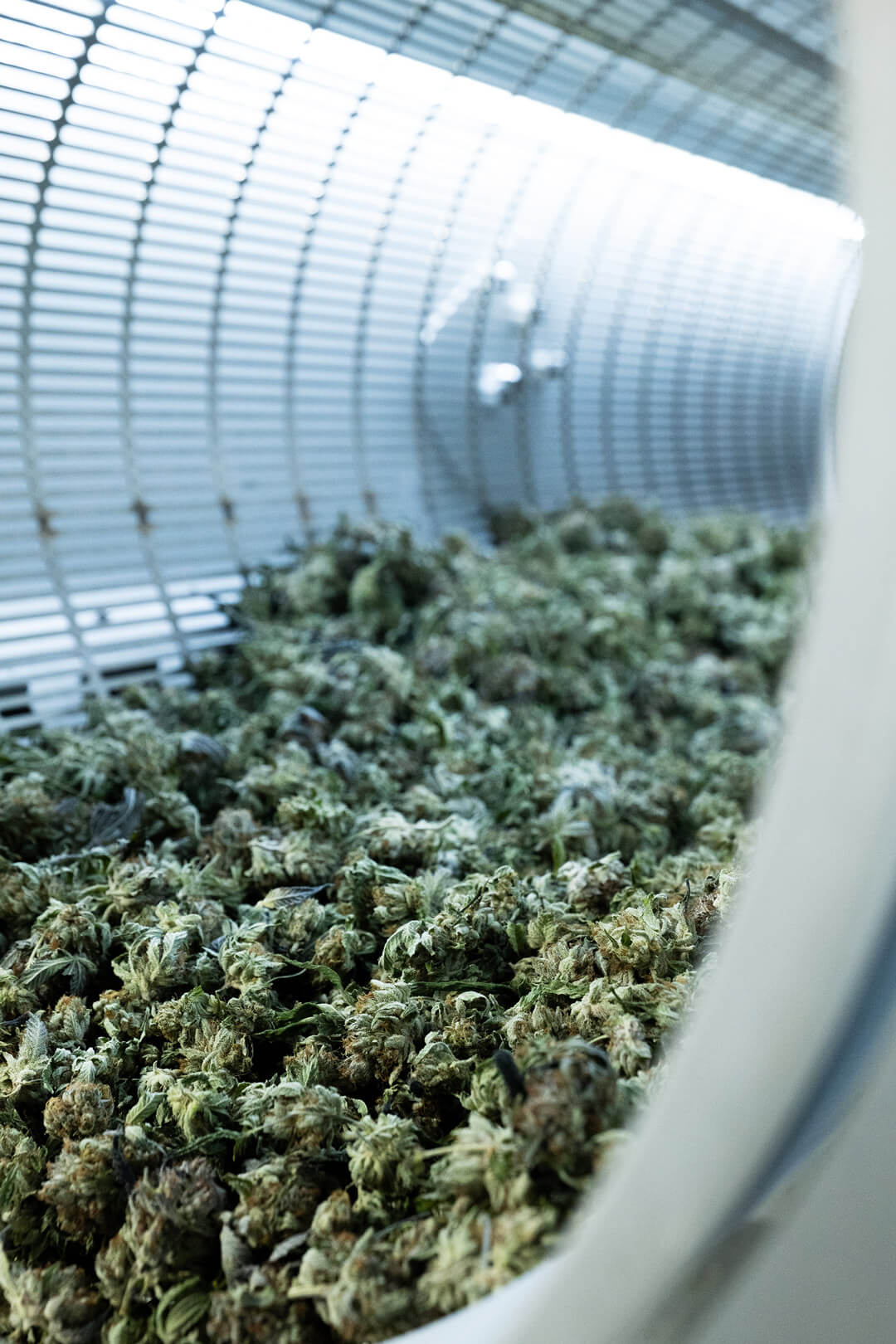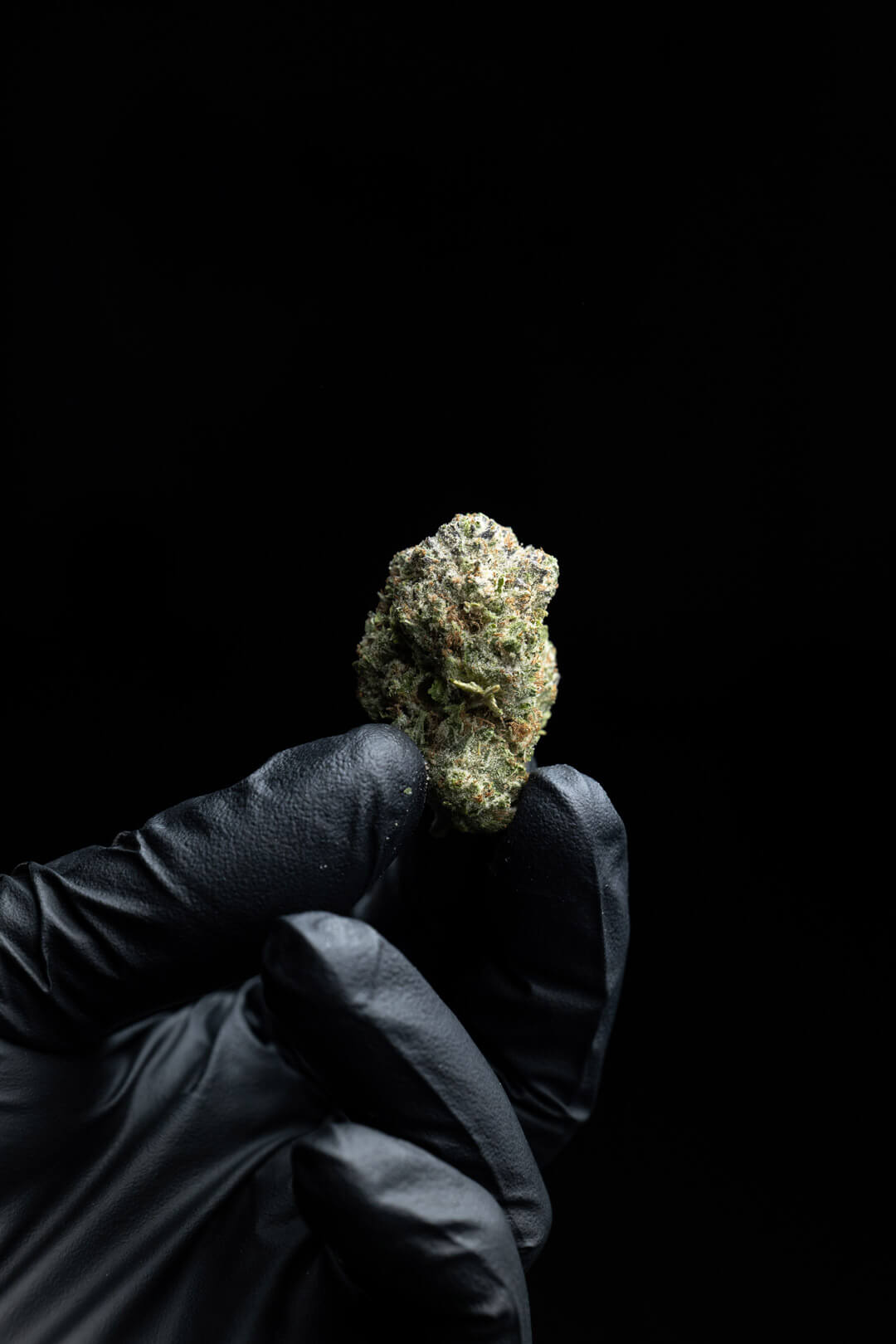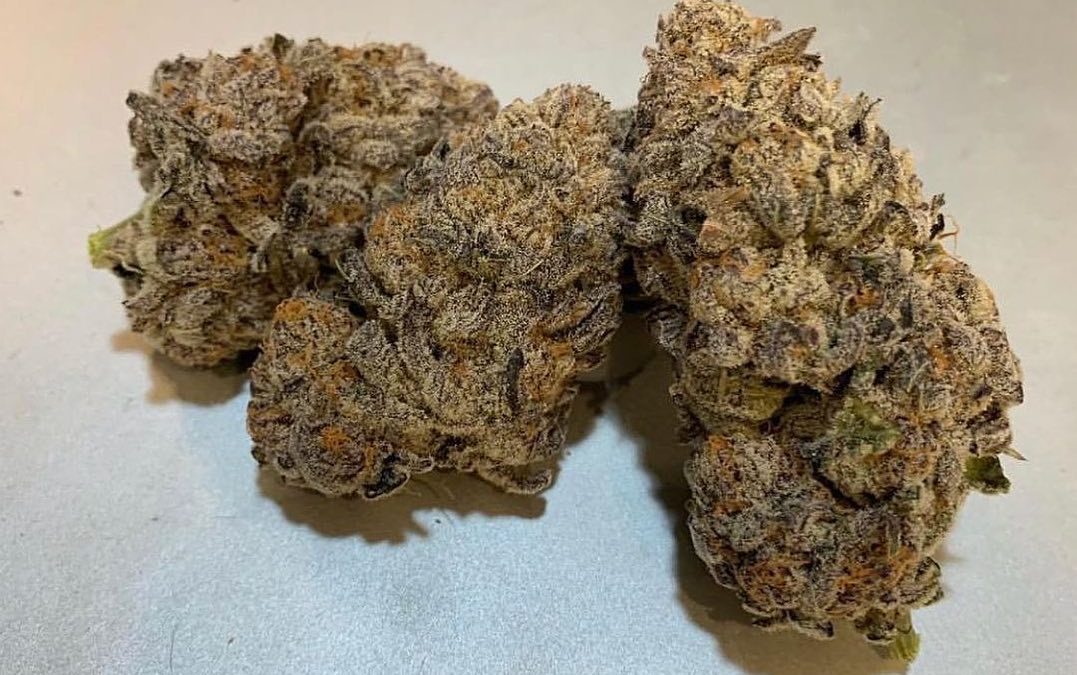After a lengthy growing season, you’re finally harvesting your crop to process and prepare for distribution. But, there’s one key factor that can dramatically hinder, and even prevent, cannabis cultivators from bringing their product to the market: the dreaded post-harvest bud rot.
What is bud rot and why is it so detrimental to cannabis quality and consumption? Bud rot in cannabis plants is caused by a type of fungus known as Botrytis cinerea, which causes the bud to rot from the inside out. If opened, an infected or rotten bud will look moldy, generally as a result of poor air circulation or humid growing conditions. Oftentimes the flower is most susceptible to bud rot during the growing process making it crucial that cultivators establish a grow environment that’s inhospitable for mold growth. However, post-harvest bud rot can sneak up on you and cause irreparable damage to your crop. Knowing what contributes to post-harvest rot, including inadequate air circulation and improper bud trimming, as well as the preventative measures you can take, could be what makes or breaks your harvest.
Learn more about trimming machines that can help your harvest
Post-Harvest Bud Rot Contributors
There are three main preventable factors that contribute to post-harvest rot, the first being length of drying time. This can have a dramatic impact on the rate of rot — humidity breeds mold. Slow drying prevents humidity from decreasing fast enough to stop mold from developing in the bud’s interior. Second, air circulation; overcrowding dry rooms with plants raises humidity levels and causes plants to shade one another, creating a breeding ground for mold and mildew. Third, leaving moist plants to sit in bins for long periods, often a result of a process bottleneck or operational issue, can create a playground for mold growth — you want to properly utilize drying racks or trays to promote air circulation and mitigate humidity. Finally, incomplete drying is a surefire way to promote bud rot. You might not even notice this one because it happens so slowly, but selling bud that hasn’t been properly dried might lead to a customer finding an unwanted “snowball” of mold in the package.
Top Three Tips to Prevent a Processing Bottleneck
Once harvested, there is still much that cultivators can do to preserve the quality of their cannabis plants and keep moldy weed at bay. The following are three key things you can do to prevent post-harvest bud rot:
- Know your dry room capacity and don’t overfill to ensure proper circulation. Knowing your processing capacity will help to not only schedule your harvest, but also prevent harvesting more than you’re able to dry in time.
- Monitor the process. Ensuring there are no bottlenecks during the processing step will mitigate the risk of a build-up of bins that would prevent harvested bud from thoroughly drying. You should also add more humidity sensors in the trim room to ensure an even distribution across the room.
- Maintain equipment. Remember that extended downtime could cause an entire crop to rot, costing you significant time and putting you at a massive financial loss. It’s important to monitor your equipments’ functionality, ensure ongoing maintenance, and be ready to immediately fix anything that’s malfunctioning. Having a back-up plan could be what determines whether you can save your crop after a machine meltdown. This back up plan should include building in redundancy so that if one machine fails, you have a replacement and don’t need to pause operations.

Machine-Trimming to Prevent Post-Harvest Bud Rot
While controlling your growing facilities’ ventilation is a huge factor in contributing to the overall health of the cannabis grow, knowing how to trim pot plants will prove monumental in improving airflow close to the bud, as stagnated airflow is a primary contributor to mold development. Removing large leaves and stems prevents stagnant, moist air from entering the flower and creating a humid environment that would support mold growth. When it comes to deciding between bud trimmers, machine-trimming proves superior to hand-trimming, getting your bud out the door much faster. Biomass left sitting in a bin for a lengthy period of time awaiting hand-trimming could succumb to the limited airflow and mildew development. Machine-trimming, rather, decreases the residency time of the plant in a bin, resulting in faster trimming and less chance of mold. Bud trimmers like our Twister T-ZERO Pro are up to 1000x faster than hand trimming — processing up to 125 pounds of cannabis every hour — dramatically reducing processing time and consequently giving mold less chance to grow. Labour-intensive hand-trimming comes with the added risk of increased contamination and damage to the delicate flower and trichomes. Machine-trimming, on the other hand, requires far less handling, reducing this risk of damage and contamination to ensure cleanliness and safety.

Following harvest, acting quickly to process and dry your crop will be imperative to a successful distribution. Scheduling your harvest, ensuring quick processing to prevent bottlenecks, and knowing how to trim pot plants to optimize air circulation and prevent mold growth will be critical in ensuring your cannabis health and quality.

